From targets to action – reflecting on our net zero pathway
Australia now has firm targets for achieving net zero, with milestones along the way. But what is our plan for getting there? That was the subject of an AIRAH-organised panel session in Melbourne.
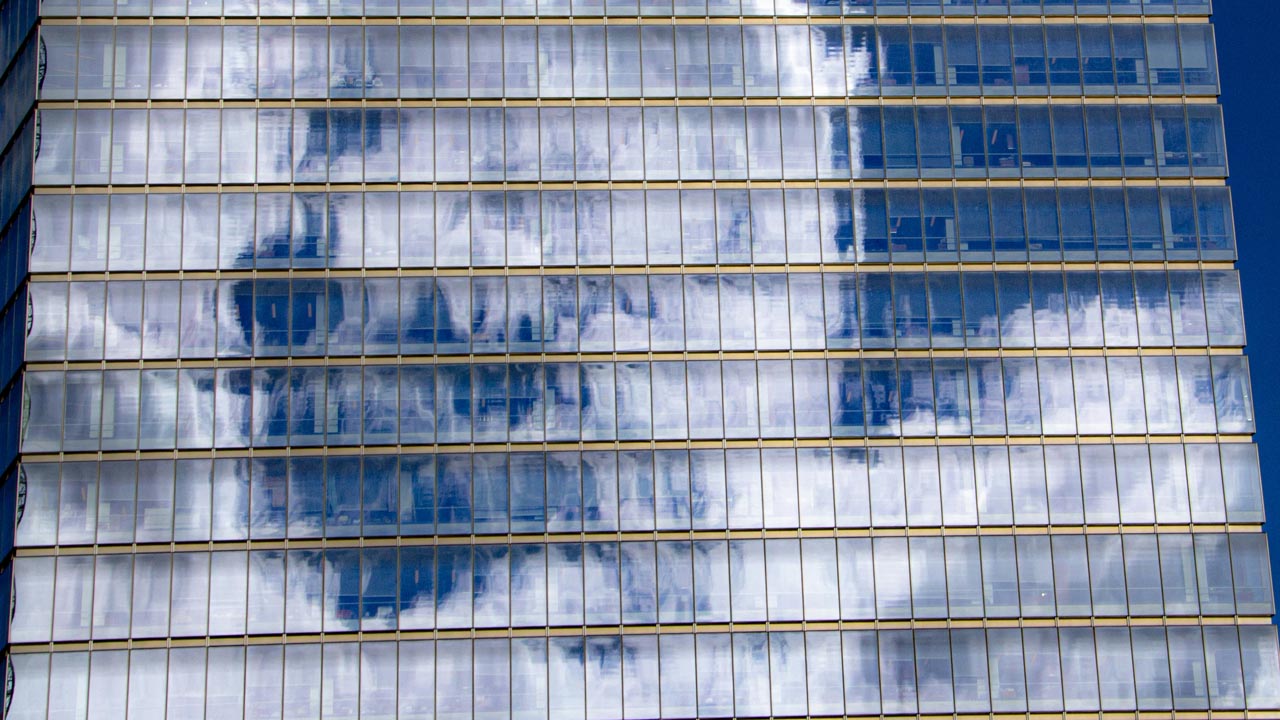
The session was held in the Queen & Collins office of sponsor Arcadis, and their Melbourne City Executive Jacqui Banks opened proceedings by noting the net zero conversation in Australia has very much shifted from “why” to “how”. She also pointed to the growing body of real-world examples of moving towards our targets, before handing over to the panel.
The big picture
Alison Cleary from ASBEC began by providing the policy context, confirming Australia’s targets for 2050 and 2035, and talking the audience through the recently released Built Environment and Energy Sector plans – the plans that most impact those in the building and construction sector.
She highlighted major government strategies – including electrification, reducing embodied carbon, and phasing down HFCs – and how these address Scope 1, Scope 2 and Scope 3 emissions.
Cleary emphasised that although Australia is committed to reaching net zero by 2050, in order to achieve this goal some sectors with a clearer pathway will need to move faster than others. The built environment is one of these sectors, and must aim for net zero by 2035.
An all-electric future
Rob McLeod from the Energy Efficiency Council spoke next, focusing on a piece of work that the EEC is leading with the Property Council of Australia: the Commercial Buildings Electrification Roadmap.
In Australia, commercial buildings account for 8.8% of domestic gas consumption, and in those buildings, gas represents 17% of energy consumed. Victoria uses the most gas in commercial buildings, both overall and per square metre of floor space.
“We are in the eye of the storm,” said McLeod, noting the location of the event in the Melbourne CBD, “so it’s good that we’re having this conversation here.”
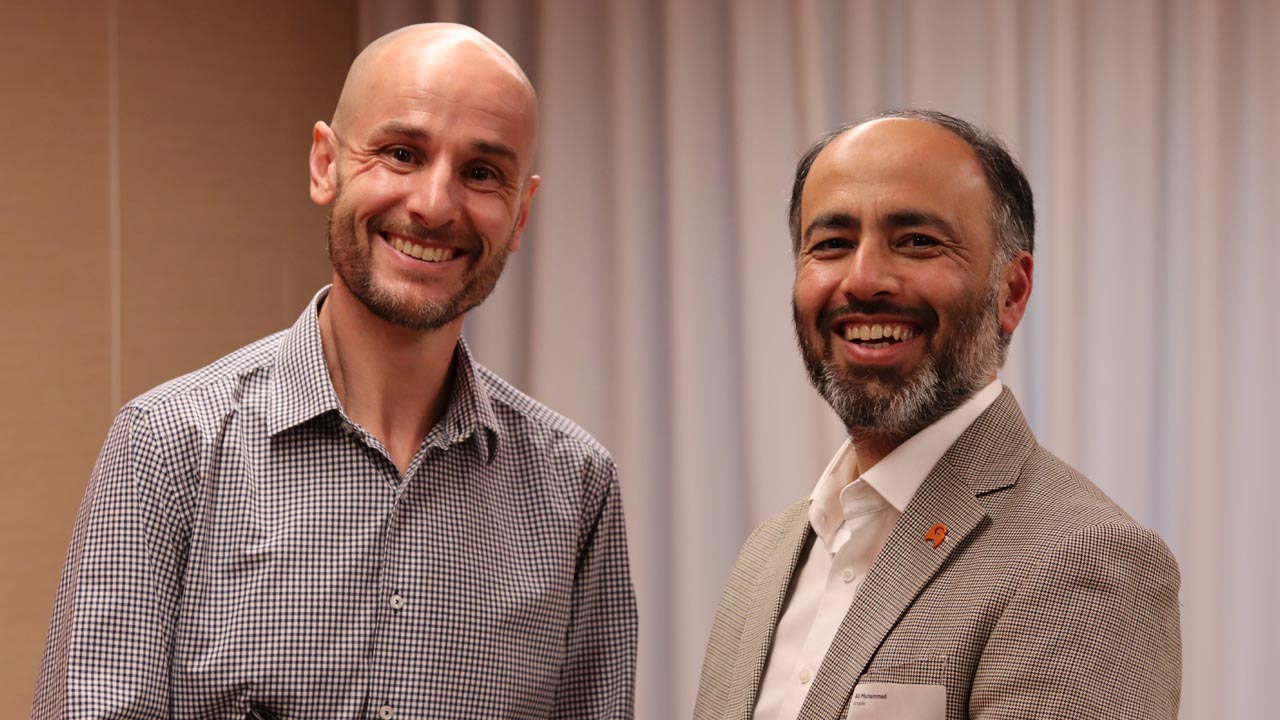

Offices, retail, accommodation and entertainment buildings make up over 70% of gas consumption in Australian commercial buildings, with the highest intensity of gas use in health and aged care buildings.
McLeod noted that energy efficiency in commercial buildings is improving generally, with gas and electricity intensity reducing, and even greater improvements for NABERS-rated buildings.
“This is good, and needs to be even better,” McLeod said. “Leaders are leading. How do we get the rest of the market to move?”
He finished by listing out some of the barriers to electrification – including up-front cost, physical space constraints for equipment, as well as social factors. Balanced against these are opportunities such as incentives and assistance programs, the expansion of compulsory ratings systems, and emissions reduction targets.
Diving into the detail
Next up was Simon Liley from Cundal, who looked at the major emissions challenge of reducing embodied carbon, with a focus on building services.
Liley laid out the high-level embodied carbon issue: that although embodied emissions have historically seemed small next to operational emissions, as the grid decarbonises and Scope 2 emissions come down, Scope 3 or embodied emissions are set to become more prominent.
From the beginning, Liley indicated that embodied carbon reduction relies on close collaboration across the entire project team, from design through to construction.
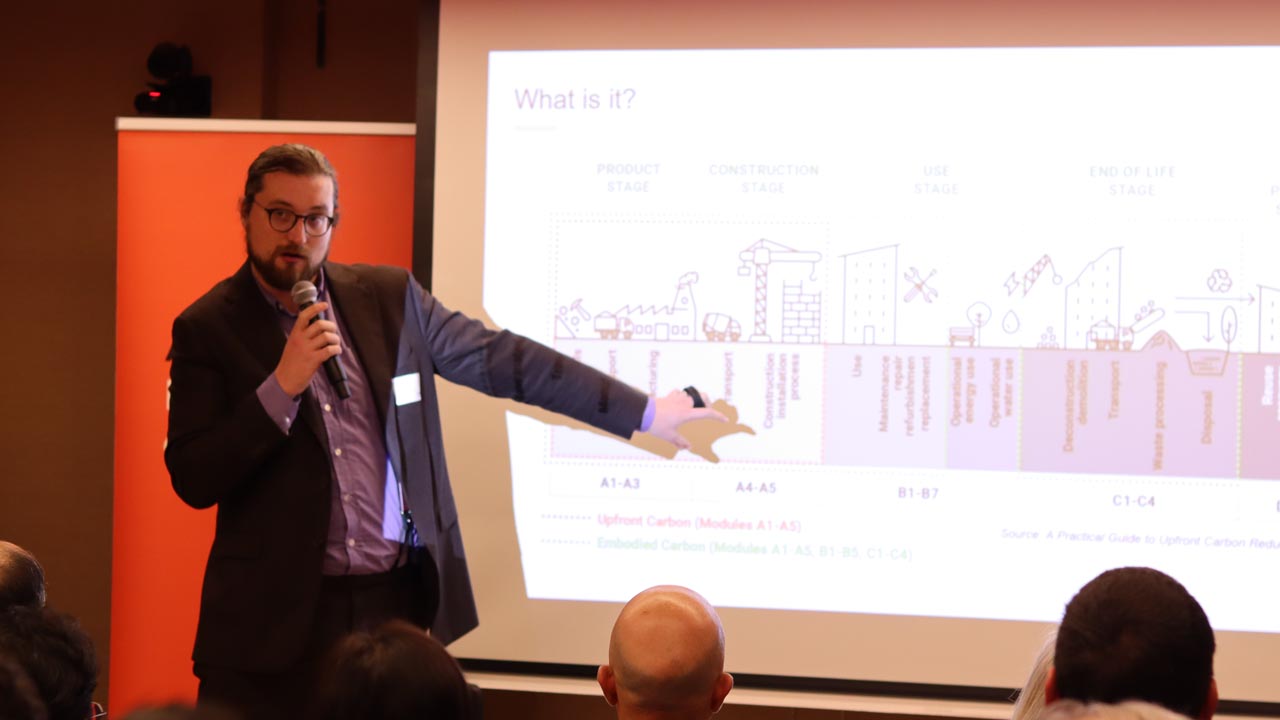

He then looked more closely at building services and how much embodied carbon they contain. According to a typical breakdown of upfront carbon in a new office building compiled by the GBCA and Slattery, mechanical and electrical services represent about 10% of upfront carbon. Liley noted, however, that other materials such as concrete and aluminium are more advanced in terms of low-carbon offerings, meaning that – in the same way that embodied emissions will eventually eclipse operational emissions – services will eventually make up a larger piece of the embodied carbon pie.
Within building services, Liley presented Cundall benchmarking data that showed HVAC comprises 44% of the embodied carbon total, with a key material being galvanised steel used in ductwork. Much HVAC equipment, however, is complex. It contains many materials and parts with multi-level supply chains.
Regardless, Liley focused on what is possible now.
“We can’t reduce what we don’t understand,” he said, “but we can reduce what we understand most of.” Liley also stressed that we will not solve the information problem before we need to act, and encouraged the use of the TM65 methodology for measuring embodied carbon in services.
He provided an example of Cundall benchmarking for a 100kW heat pump using TM65. Leaving out refrigerants, the major components were steel, aluminium and electrical components. These, then, would be good materials to start with.
Finally, Liley showed the outsized impact of refrigerant leakage in operation and at end of life, compared to the up-front carbon of other materials. He left the audience with recommendations such as designing in a way that reduces materials in general, focusing on reducing ductwork where possible, and selecting low-impact refrigerants.
The upside of the phase-down
It was a good segue to the final presentation of the night, given by Rahil Gandhi, National Engineering Manager at Coles.
Gandhi presented a large end-user perspective on our net zero journey. Coles aims to reach net zero for Scope 1 and 2 emissions by 2050 and a 75% reduction from the 2020 baseline by 2030 – which has already been achieved this year. Measuring and reducing Scope 3 emissions is a huge exercise for Coles, as it incorporates a massive variety of product supply chains, but the company is also working on this.
Coles’ Scope 1 and 2 emissions reduction strategy has rested on obtaining 100% renewable energy for all sites, installing solar, and reducing load when energy demand on the grid is peaking.
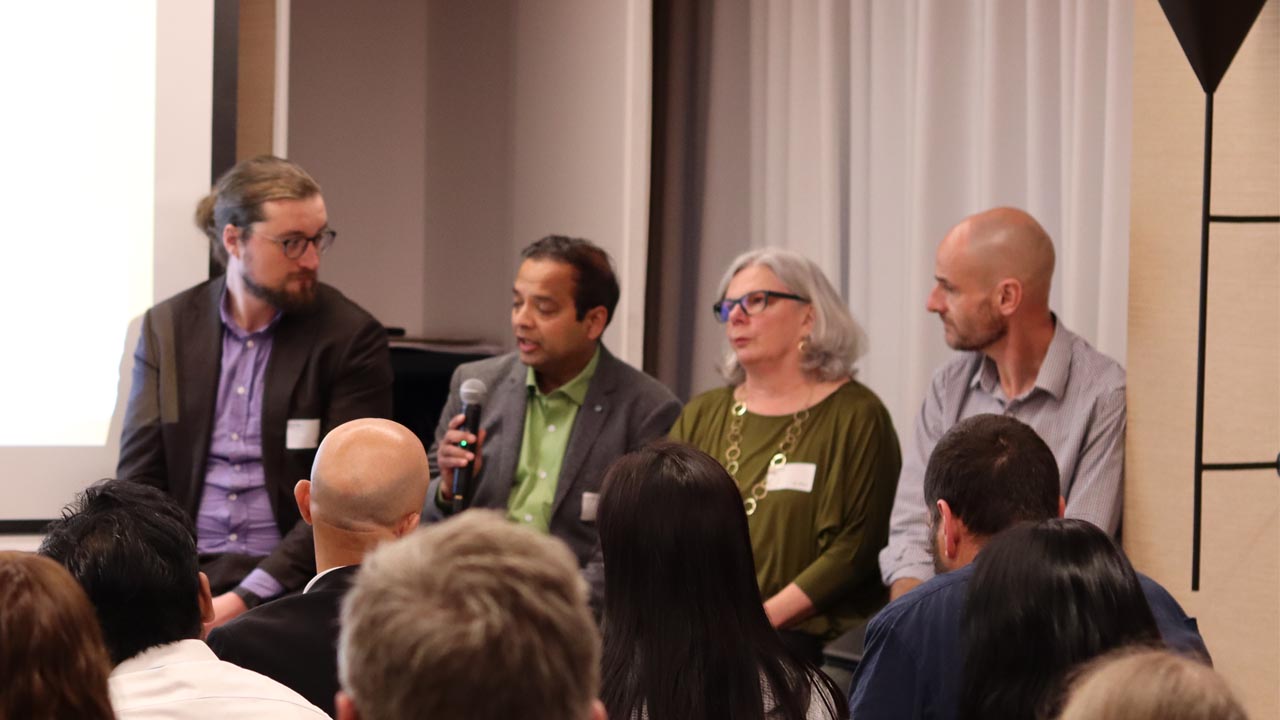

Refrigerants have also been a focus for the company. Coles is shifting to lower-GWP or natural refrigerants in all systems by 2050. More than 90% of new stores use natural refrigerants, and the company is undertaking a refrigerant pipe replacement program to reduce gas leakage.
Gandhi described some of the approaches Coles is using, such as providing store cooling using combined cooling plant; using waste heat from refrigeration racks as the first stage of heating; transitioning from gas boilers to electrified natural/low-GWP heat pumps; and phasing out high GWP refrigerants. Coles is also trialling CO2/R290 heat pumps for store heating, and R290 chillers for store cooling.
A clearer view
After a quick intermission, the speakers returned to field questions from the audience. Moderator and AIRAH’s Victorian Division Committee Chair Rula Karali, M.AIRAH, started by asking about the biggest challenges on the road ahead, particularly in Victoria.
Liley and Gandhi both talked about the difficulty of securing investment in building retrofits. Gandhi noted that electric heat pumps are still expensive compared to gas boilers, and that landlords’ obligations don’t yet require them to electrify when old equipment reaches end of life.
Cleary emphasised that electrification is primarily a retrofit issue.
“The big challenge is not the buildings we haven’t built, it’s the ones we’ve still got – particularly the class B and C buildings.”
McLeod confirmed that although there is movement in Victoria’s residential sector – with world-leading requirements for landlords to electrify rental homes – this hasn’t reached the commercial sector yet.
Karali also called out the Victorian Energy Upgrades program as helping drive investment and change.
Interestingly, there was a sense of frustration in the audience as they shared experiences of working on electrification projects that were stymied by outdated regulations network rules. One attendee described a project to install PV and batteries at a school, where they finally decided not to connect to the grid because of the complications. This was signalled as a lost opportunity to bolster the larger energy system.
Liley agreed, but noted that we cannot wait for the regulatory and network issues to be resolved before starting to retrofit buildings. McLeod acknowledged that a historic problem in decarbonising the grid has been to focus on the supply side at the exclusion of the demand side. He welcomed the announcement that AEMO is now panning a demand side statement of opportunity.
And although at one point someone in the audience called out that they needed a politician in the room, Cleary noted that one of the major issues is that regulation moves at a snail’s pace compared to technology. She highlighted three important interventions to smooth our journey to net zero: real-time monitoring of energy use; ensuring a socially just transition; and ensuring we address both new and existing buildings.
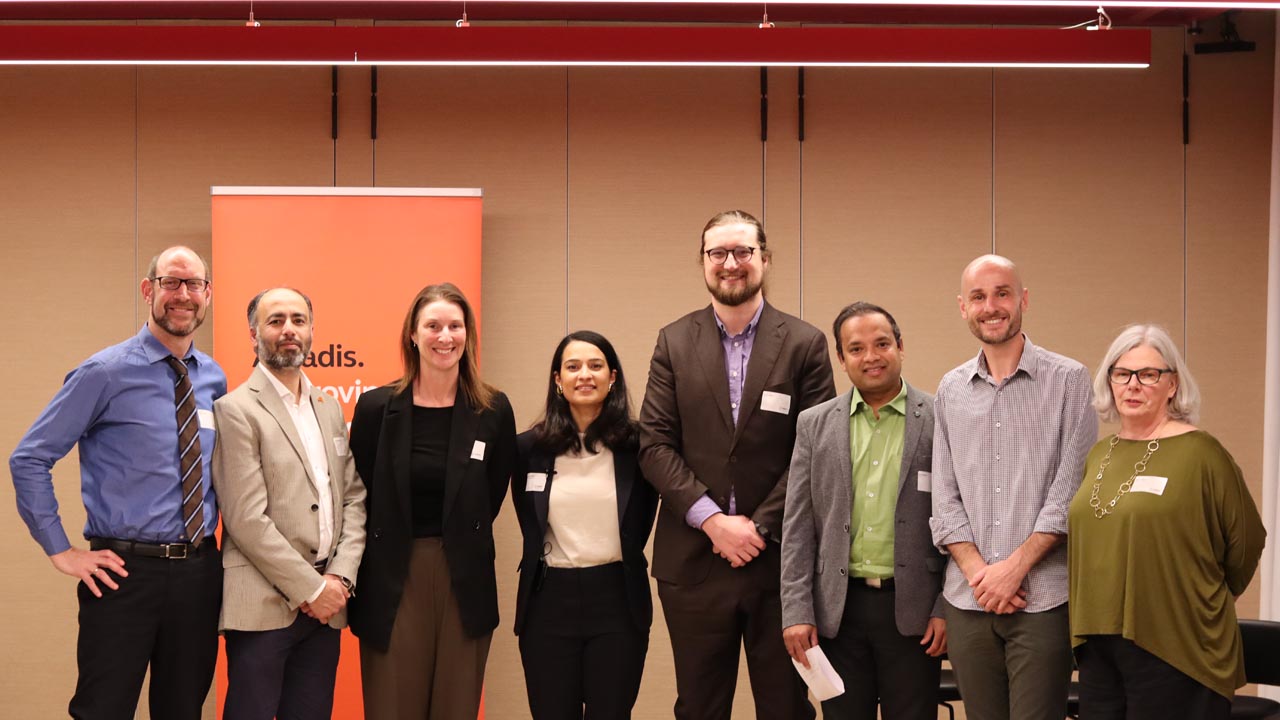

The evening highlighted some of the key strategies for achieving our emissions reduction targets, the challenges and opportunities. Although the path is by no means simple, the audience left with greater clarity about what needs to happen next.
Main image by Håkon Grimstad on Unsplash
PREV
NEXT
Comments
-
It was a pleasure to work with the AIRAH team in organising and sponsoring this event at Arcadis. Fantastic energy in the room and inspiring discussions on Australia’s journey to net zero.
Advertisements
Recent news
- AIRAH announces first round of speakers for HVAC26
- Daikin opens new Australian manufacturing facility
- Refrigerant Handling Codes of Practice now available digitally
Latest events
- AIRAH announces first round of speakers for HVAC26
- Melbourne School of Design to host ASA2025 conference
- HVAC&R industry’s finest shine at 2025 AIRAH National Awards
 Mark Vender
Mark Vender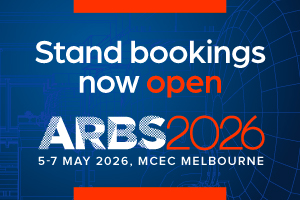

Leave a Reply